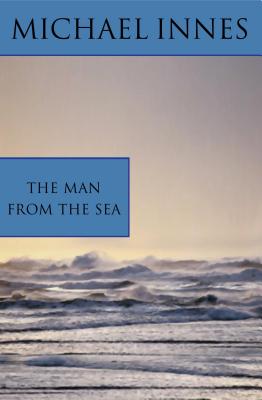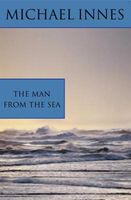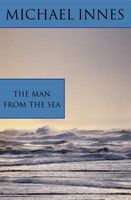- Welcome to FictionDB, Guest
- | My Account
- | Help

The Man from the Sea — Michael Innes
Cranston was preoccupied with his mistress when the man came out of the sea. The man was exhausted and almost naked and he was being chased. Cranston helped him, but subsequent events often made him wish that he hadn''t. For it messed up his love affair, it nearly finished his own life.
Born in Edinburgh in 1906, the son of the city''s Director of Education, John Innes Mackintosh Stewart wrote a highly successful series of mystery stories under the pseudonym Michael Innes. Innes was educated at Oriel College, Oxford, where he was presented with the Matthew Arnold Memorial Prize and named a Bishop Frazer''s scholar. After graduation he went to Vienna, to study Freudian psychoanalysis for a year and following his first book, an edition of Florio''s translation of Montaigne, was offered a lectureship at the University of Leeds. In 1932 he married Margaret Hardwick, a doctor, and they subsequently had five children including Angus, also a novelist. The year 1936 saw Innes as Professor of English at the University of Adelaide, during which tenure he wrote his first mystery story, Death at the President''s Lodging. With his second, Hamlet Revenge, Innes firmly established his reputation as a highly entertaining and cultivated writer. After the end of World War II, Innes returned to the UK and spent two years at Queen''s University, Belfast where in 1949 he wrote the Journeying Boy, a novel notable for the richly comedic use of an Irish setting. He then settled down as a Reader in English Literature at Christ Church, Oxford, from which he retired in 1973. His most famous character is John Appleby, who inspired a penchant for donnish detective fiction that lasts to this day. Innes''s other well-known character is Honeybath, the painter and rather reluctant detective, who first appeared in 1975 in The Mysterious Commission. The last novel, Appleby and the Ospreys, was published in 1986, some eight years before his death in 1994.




